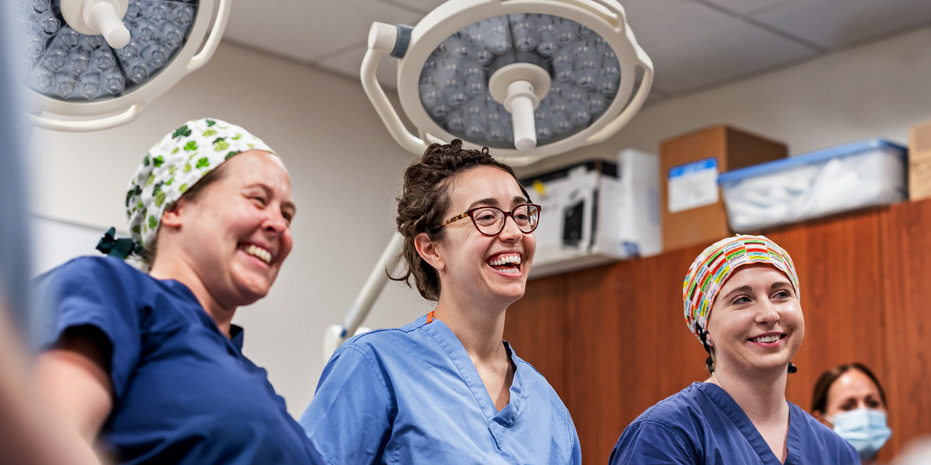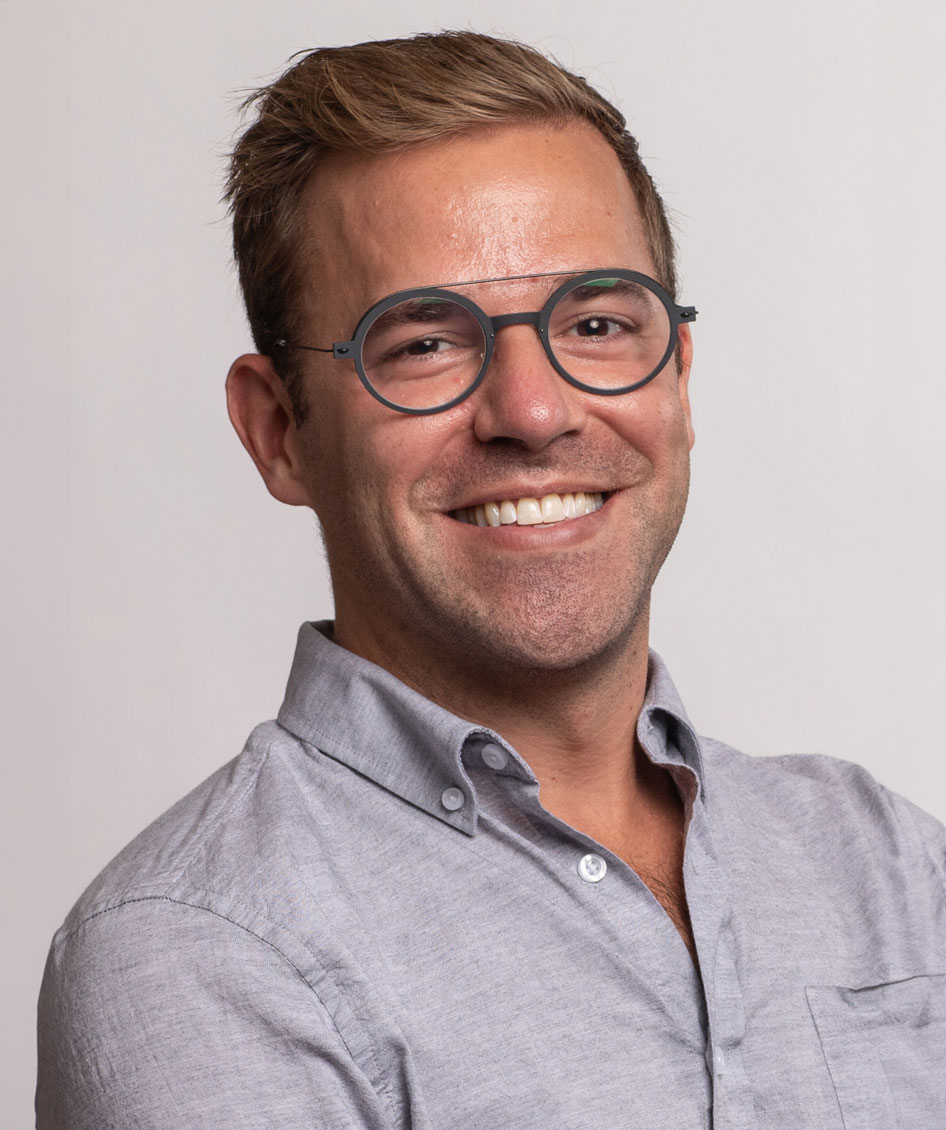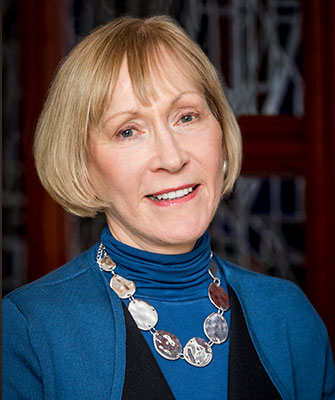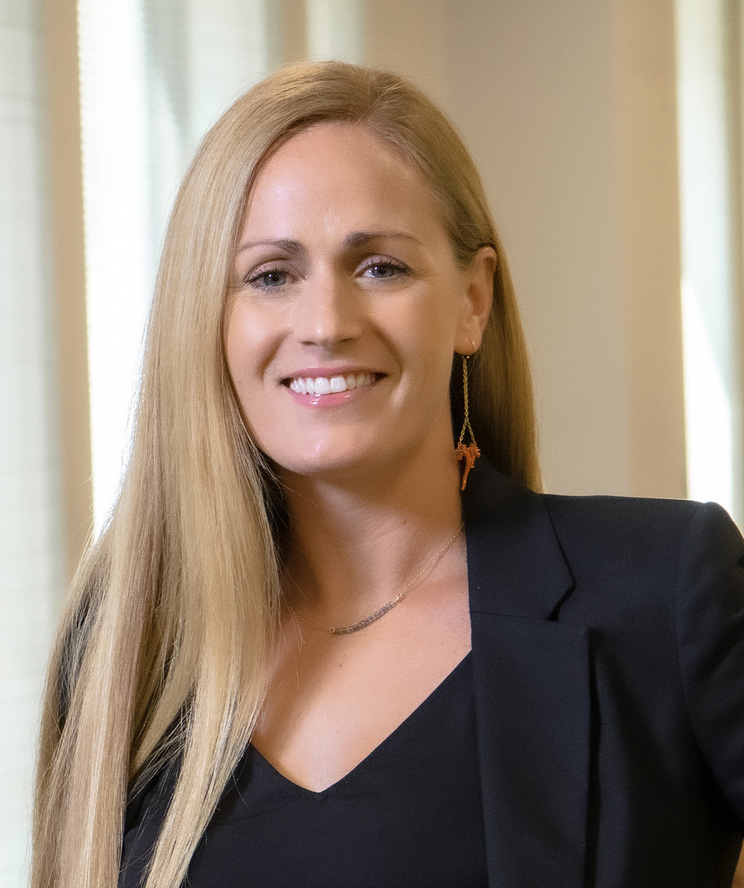It was 2000, and Susan Emery was witnessing a decline in the quantity of nurse anesthesia programs, both locally and nationally.
For Emery, the chief certified registered nurse anesthetist (CRNA) at Anaesthesia Associates of Massachusetts (AAM)—a service that provided anesthesiologists and nurse anesthetists to several Boston-area hospitals—that was a concern that hit close to home.
Part of her job was to recruit nurse anesthetists, but due to the nationwide shortage, Emery couldn’t keep up with demand. “It was hard to recruit them to come to work here,” says Emery. “The salaries were fine but didn’t make up for the high cost of living.”
Then Emery had an idea: Why not increase the local pool by starting a CRNA program at a nursing college in Boston?
Emery’s determination led to the creation of the Nurse Anesthesia program at the Connell School of Nursing (CSON) in 2002. She’s overseen the program ever since, educating and mentoring hundreds of CRNAs—many of whom, inspired by Emery, are now leaders and mentors in their own right. Its 20th class graduated in May, the first cohort to complete the Nurse Anesthesia program with Doctor of Nursing Practice (D.N.P.) degrees, which are now required of all newly minted CRNAs due to changes in accreditation standards.
“It’s been a wonderful ride and wonderful to be at BC,” says Emery. “I’ve never been at a school where the faculty cared so much about the students.”

Students first
CRNAs are advanced practice registered nurses who provide care in any setting where anesthesia is delivered, including surgical suites, delivery rooms, and outpatient clinics. In rural U.S. counties, 80 percent of anesthesia providers are CRNAs, according to the American Association of Nurse Anesthesiology.
A shortage of anesthesia providers in the United States has long been a problem, one that persists today. Back in 2000, surgeries were being delayed and canceled due to the shortage of CRNAs across the country.
Emery came up with a plan. With the approval of AAM’s leadership, she emailed several Boston-area nursing schools requesting a meeting to discuss setting up a nurse anesthesia program. All but one declined: Barbara Hazard, dean of BC’s school of nursing at the time, was skeptical, but she ultimately agreed to meet with Emery. “All we have to lose is an hour of our time for a professional colleague,” Hazard responded (Emery has saved her email).
During that 60-minute meeting, Emery convinced Hazard to consider her plan, though the dean remained uncertain. After several more meetings with Hazard and other Boston College officials, Emery got the green light to establish the program. She was excited, but daunted. “I had absolutely no idea what I was getting into,” she recalls. “I had thought that somebody else would take this project and operationalize it. I didn’t really think it would be me.”
The Council on Accreditation of Nurse Anesthesia Educational Programs (COA) provided support for Emery, suggesting a consultant to guide her. She also enlisted Denise Testa, a friend and colleague at AAM, to be the assistant director of the program, which COA accredited in 2002. “We were the faculty in the beginning. It was just the two of us,” says Emery. She taught chemistry, and Testa taught respiratory physiology.
Testa served as the program’s assistant director until her death in 2020.
“They were perfect partners,” says John Welch, M.S. ’12. “It was just clear that they were really enjoying what they were doing. And they always put students first.”
Preparation and support
One of those students was Caitlin Vitale ’04, M.S. ’11, Ph.D. ’20, an intensive care unit nurse at Massachusetts General Hospital. Several colleagues there described their experiences in CSON’s CRNA program, piquing her interest. In her admissions interview with Emery and Testa, Vitale asked how the program fit into the Boston College mission of service to others.
“I’ll never forget Denise’s answer,” Vitale says. “She said, ‘We are the last person a patient sees before they go to sleep and the first person they see when they wake up. We feel strongly that we’re giving back to the people. We are their voice and their advocate.’” Vitale enrolled in the Nurse Anesthesia Program in 2009 and became its assistant director in August 2024.

Tamaya Tompoe, D.N.P. ’24
It’s that ethos of community and compassion, along with the program’s rigorous academics and variety of clinical experiences, that alumni cite as crucial to their success. Tamaya Tompoe, D.N.P. ’24, for example, remembers relying on her training to help her calm a distressed woman about to undergo a mastectomy during one of her rotations. “The program emphasizes the importance of building trust and rapport with the patient,” she says. “Being prepared leads to feeling confident, which allows you to provide safe anesthesia.”
Welch agrees. During his rotation in obstetrics at North Shore Medical Center (now Salem Hospital) while he was a student in the program, a woman with preeclampsia needed an emergency C-section that required general anesthesia—a potentially risky procedure. “This is probably the only time in your career you’re going to have to do this,” the attending anesthesiologist told Welch. The delivery was successful.
“We are the last person a patient sees before they go to sleep and the first person they see when they wake up. We feel strongly that we’re giving back to the people. We are their voice and their advocate.”

John Welch, M.S. ’12, program director for the new nurse anesthesia program at The Ohio State University / Courtesy The Ohio State University College of Nursing
After graduating, Welch taught future nurse anesthetists and treated pregnant women in Haiti, which was still recovering from a destructive 2010 earthquake, through his work with Partners In Health. “Access to prenatal care in Haiti is very low, so the number of obstetric emergencies and complications is huge,” says Welch. Many women needed emergency C-sections that required general anesthesia. “I probably did that at least once a day,” he recalls. “I think that obstetrics rotation probably saved a lot of women’s lives.”
Welch is just one graduate of the CRNA program who is not only practicing, but teaching anesthesia to other nurses. He is a senior nurse anesthetist at Boston Children’s and program director for the new nurse anesthesia program at The Ohio State University. Another program alum, Jennifer Ross Majumdar, M.S. ’13, is the assistant specialty director of the Nurse Anesthesia Adult Gerontology Acute Care D.N.P. program at Hunter-Bellevue School of Nursing in Manhattan, which will welcome its first class in May 2025. Tamaya Tompoe, D.N.P. ’24, has taught virtual courses for nurse anesthetists in Liberia, where she was born.
“The past 20 years have seen many of our graduates assume leadership positions in the clinical, academic, and global arenas,” says Emery. “But I’m perhaps most proud of the many excellent CRNAs who have graduated from our program, who in the spirit of cura personalis (care of the whole person) are providing safe, patient-centered anesthesia care every day.”
A brief history of nurse anesthetists
Sources: Journal of Clinical Anesthesia and “CRNAs: A short history of nurse anesthesia and the future of anesthesia care” (LinkedIn).
- 1846
First use of anesthesia occurs in Boston.
- 1863
Catherine S. Lawrence becomes the first nurse to administer anesthesia, during the Civil War.
- Late 1800s
Catholic nuns begin teaching nurses to administer anesthesia.
- 1909
First nurse-led educational program in anesthetics begins at St. Vincent’s Hospital in Portland, OR.
- 1931
The National Association of Nurse Anesthetists, later renamed the American Association of Nurse Anesthetists, is founded.
- 1956
Credentialing of Certified Registered Nurse Anesthetists (CRNA) begins.
- 2025
All new CRNAs will need to hold a doctoral degree.
CRNA, by the numbers
142
accredited nurse anesthesia programs in the United States (as of 2023)
Source: Council on Accreditation of Nurse Anesthesia Educational Programs
279
Boston College CRNA graduates (as of May 2024)
22
clinical sites associated with BC’s CRNA program




